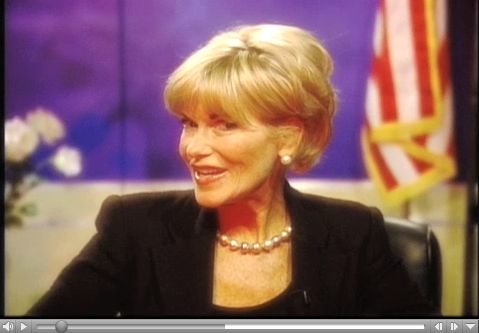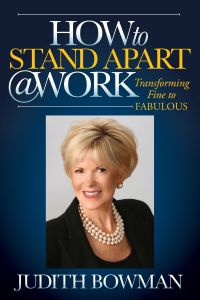Presentation Skills - DURING
by Judith Bowman on 12/19/19
This is the second in a series of three (3) PCI Newsletters dedicated to the topic of Presentation Skills.
DURING
This time presents the opportunity for your audience to become acquainted and comfortable with you, and you with them. Assume the Professional Stance and be conscious of exuding a pleasant facial expression. While they are viewing you, look out at your audience and endeavor to make eye-contact with each person starting at the farthest point of the room and work your way IN. Be inclusive, making each person sense being acknowledged versus feeling like they are one of many in a crowded room. Your audience will instantly intuit the overture to understand that you are truly speaking with (versus talking to) - - or worse - AT them. This practice is key and helps advance bonding.
- extend sincere "thank you's" and "welcome" remarks. Do not rush through these. This is not just a segue into your presentation, these acknowledgements are important unto themselves as they speak to your sincerity.
- Walk away from the podium and dismount the stage (barrier.)
- use your bearing to help break (down) barriers and connect, as you walk and weave through and among your audience. A stiff frame and perfectly correct posture can make you appear rigid and off-putting, even aloof. Bend at the waist, ever so slightly and lean IN toward them.
- Gesturing - conveys or betrays emotion. Selective gesturing is an art. Over-gesturing is distracting and will kill your presentation.
- Pointing - jamais! - Use two fingers, an open palm (shows you are open) or thumb over fist.
Power Points:
Stand to the left of your visual aids (as the audience views you) when referencing support material. Remember, we read from left to right. You want the primary focus to be you, not your support material.
While technical wizardry may be appropriate in a technical field, animated graphics and other fireworks can be downright distracting. Consider going in the opposite direction. While other presenters are using the latest and greatest software, consider professionally designed boards or use a jumbo-sized flip chart and hand-write points using colorful markers. Remember that colors have significance!
Top Tips:
- No more than 3 bullets per view.
- Less is more.
- Own your material.
- Refer selectively to power points.
- Ensure that their view includes you.
- Refer to slides selectively. Reading word for word is not only insulting to your audience's intelligence, it diminishes your powerful impact.
Voice is 38% of your entire presentation therefore, projecting a clear strong voice is critical. Practice cultivating your voice. Tonal quality, diction, pace, inflections, grammar, pregnant pauses and the non-words (um, like, you know) should be considered.
Speak from your core. Pre-plan where you will begin building up to your crescendo. Let your audience hear your conviction and feel your passion ... if you are not passionate about your message, how do you expect your audience to buy-in? Use your facial muscles and body language to match your message and emphasize key words to make your point.
Pausing:
Those "pregnant pauses" are highly effective and several things occur almost simultaneously.
Pausing:
- serves to instantly induce your audience's attention.
- lets your audience process your message.
- permits you time to breathe, sending oxygen to the brain and provides energy for the next sentence.
- lets you formulate and articulate your next thought.
Silence
... IS Golden and actually draws people in. Silence is also tantamount to whispering. When we lower our voice, others are, by nature, drawn to what is being said.
Note: Dead silences can be "deafening" and may make others anxious.
*Avoid use of the "non-words" (um, er, you know, like) to fill in silent gaps.
Eye-contact
Too much or too little - can invite or limit potential connections. Be aware of the power eye-contact holds.
- Looking up: the perception is "heaven help me."
- Looking sideways: suggests you are "shifty."
- Looking down and pausing again before completing your thought implies that you are a thoughtful person and this is a highly effective technique.
Nuances
Turning Your Back on Your Audience
If you must turn, acknowledge the slight and say, "Please excuse my back."
Pointing: Use:
- a laser light
- the first two fingers together (index and third fingers),
- the open hand or
- thumb over fist
Nuances
Storytelling: Ask, "May I share a story with you?"
Say, "I believe," or "I feel," which are stronger than "I think" and carry more conviction.
Use collaborative language such as "we," "us" and "let's" which is inclusive and helps to foster relationships (versus "I," "me" and "mine.)"
Say, "thank you for that question" versus, "That's a great question," which implied grading or rating in some way.
Comments (0)







